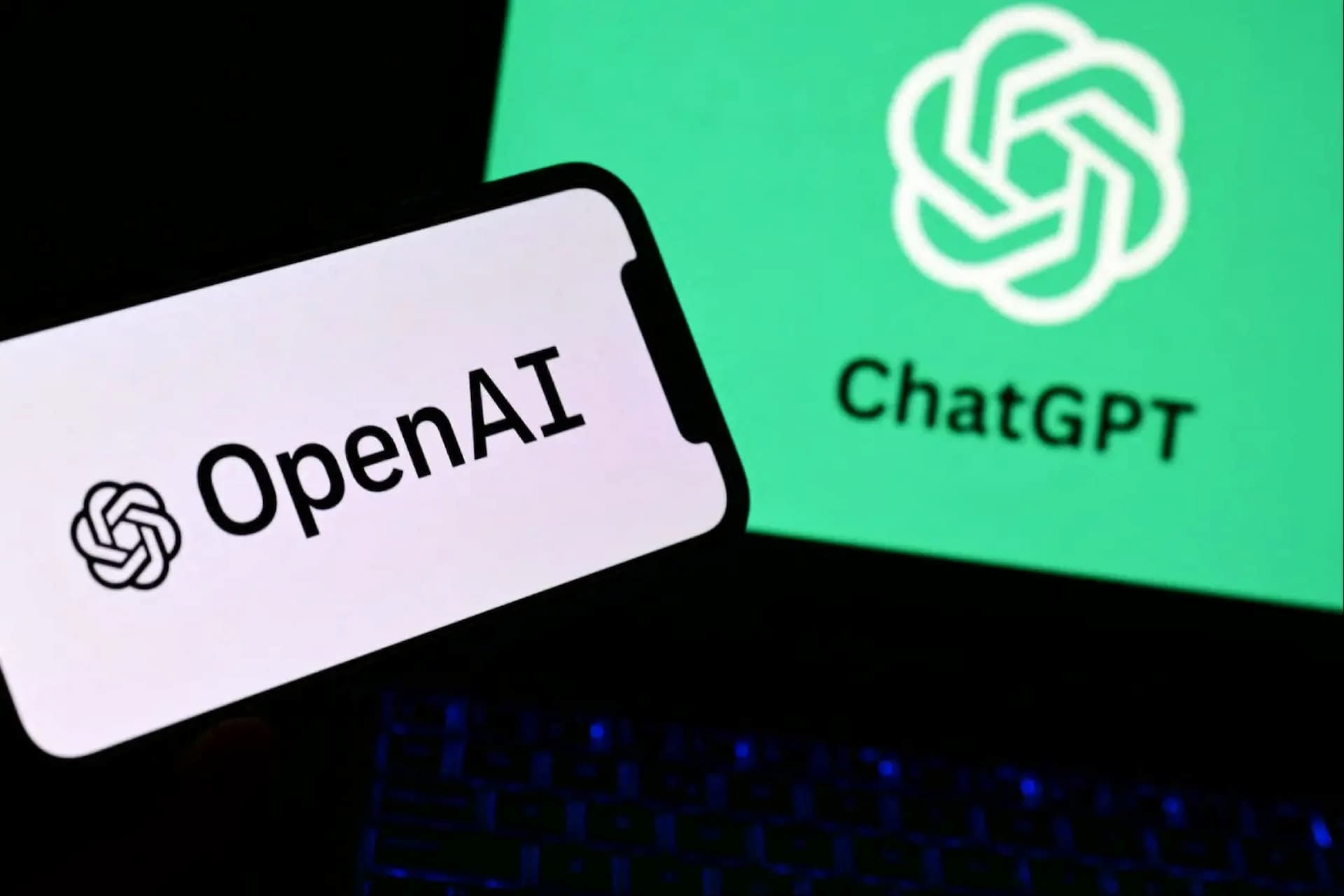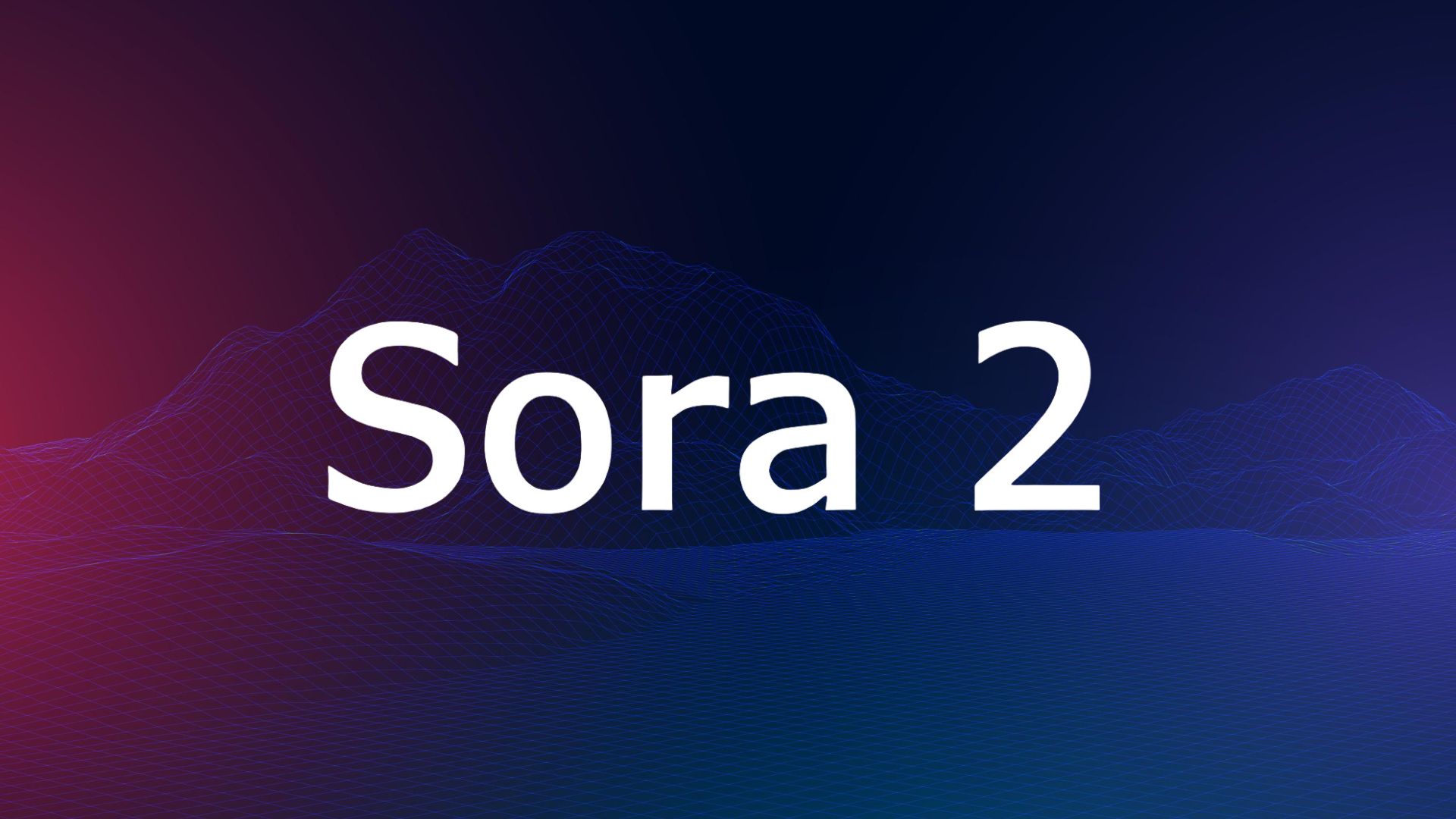AI is making its way into religious practice with tools like Text With Jesus, a chatbot app that allows users to ask questions of figures like Jesus, Mary, Joseph and nearly all 12 apostles. The app draws thousands of paying users. Its creator says it is meant to be educational.
Though the app clearly states it uses AI, some virtual characters deny being bots when asked. The version used is based on GPT-5, which developers say follows instructions better than earlier iterations and remains in character with stronger emphasis.
Reactions from faith communities are mixed. Some users say the tools can help answer random or urgent spiritual questions, particularly when traditional mentors or clergy are unavailable.
Others feel these tools are inadequate substitutes for human counsellors. Emotional connection, empathy and living tradition are qualities AI cannot replicate.
One controversial example came from Catholic Answers, a ministry that launched an animated AI character called Father Justin. Some were offended by using a priest’s character; the organisation later removed the title ‘Father’ and continued as simply ‘Justin.
Clouding the debate is how AI-based religious tools might misrepresent or oversimplify doctrine, or even mislead users. Religious law also comes into play.
For example, in Judaism, interpretations of halakhah are deeply communal and intergenerational. Rabbi Gilah Langner is among those cautioning that AI lacks the relational nuance and collective insight crucial to interpretative traditions.
Some clergy are more open, seeing potential in these tools for educating, outreach, and even crisis support. Yet many stress that these technologies must remain auxiliary. The human presence remains central to spiritual life, ritual, community worship and pastoral care.
Would you like to learn more about AI, tech and digital diplomacy? If so, ask our Diplo chatbot!










